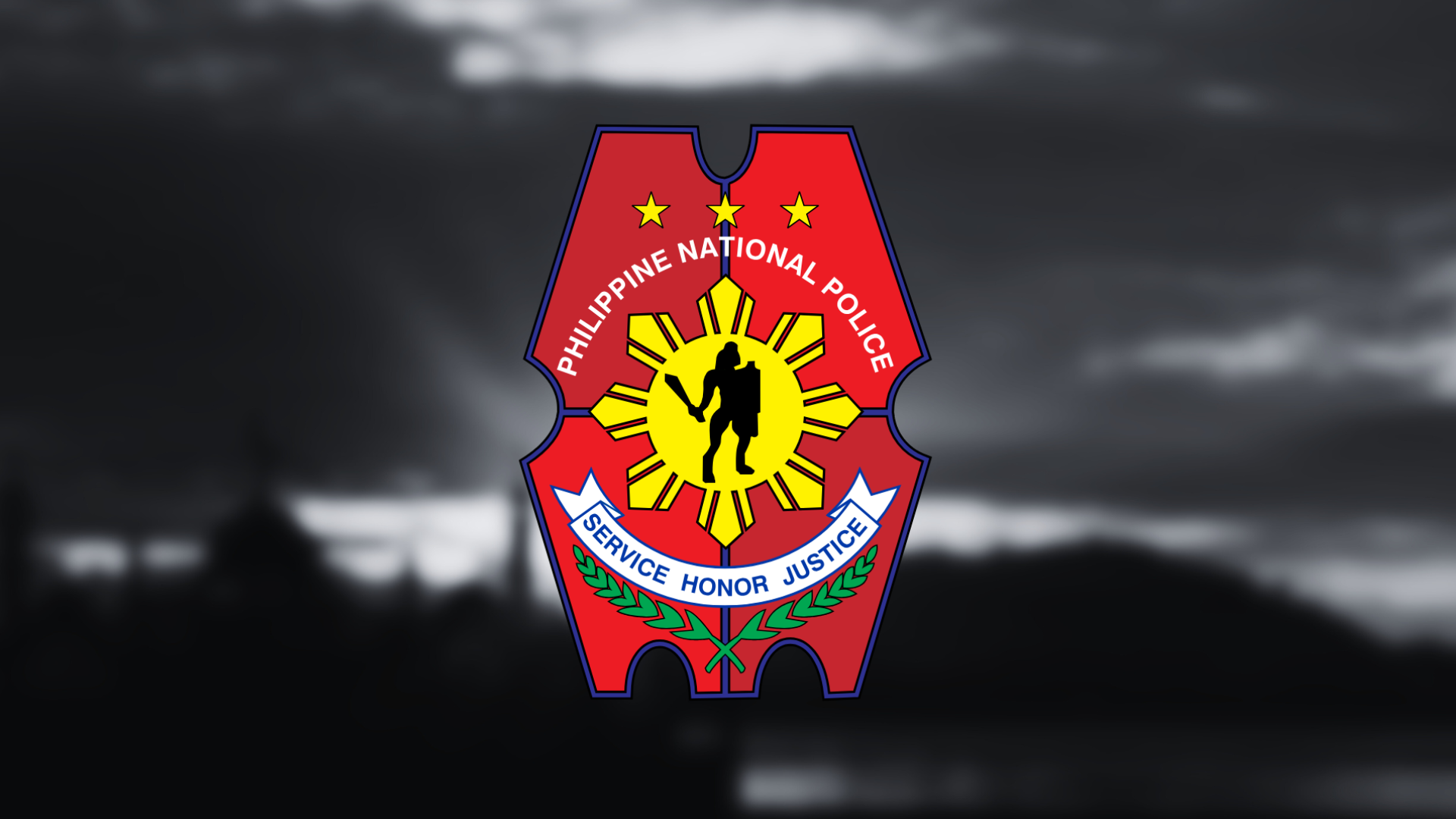 The whole is more than the sum of its parts. This adage reinforces that an enterprise, which is dependent on the process triangle of people, process, and technology, is a complex structure that would be difficult to understand by examining only its parts. For example, the restoration of one element, like IT system, is insufficient to restore the business operations. The business continuity program (BCP), which involves the recovery, resumption, and maintenance of the entire business, is a holistic approach to business resiliency.
The whole is more than the sum of its parts. This adage reinforces that an enterprise, which is dependent on the process triangle of people, process, and technology, is a complex structure that would be difficult to understand by examining only its parts. For example, the restoration of one element, like IT system, is insufficient to restore the business operations. The business continuity program (BCP), which involves the recovery, resumption, and maintenance of the entire business, is a holistic approach to business resiliency.
In the process triangle of people, process, and technology, human resources play a crucial role. People can exercise discretion in the application of technology and corporate policies, along with their inherent sense of time.
In the workplace, company time must be used properly and this activity is known as time management. Timemanagement is defined in Wikipediaas a wide range of skills, tools, and techniques developed to accomplish specific tasks, projects or goals. Surprisingly, a survey conducted by a large privately owned employee benefits organization in the U.S., 47 percent of polled employees claimed ’time management’is theirfirst stressor in their dailyliving.
Beating Deadlines
Undoubtedly, deadline stress is part of everyone’s life. Most of the objectives and tasks in the office require employees to work with deadlines. In a wider scale, deadlines in a global business environment may be different in content compared to the deadlines of its workforce, but meeting these is essential. Failure to meet deadlines individually or collectively may lead to serious consequences. Some delays, whether reasonable or not, could give the aggrieved party sufficient legal grounds to file a lawsuit.
Generally, time management covers both planning and execution. However, it does not necessarily mean that if a business with its workforce, observes effective time management, it can identify with certainty the impact and cost of an extended outage to the business operations. What an enterprise manages when implementing a BCP are activities with specific timeframes and define both potential and real outcomes, along with the required actions (emergency operation, disaster recovery and mitigation).
Critical Considerations
An enterprise must be able to identify which business activities are critical to the on-going operation and understand the impact of a significant business disruption (SBD) in the operations. Finishing common deadlines under normal circumstances is easy. However, obligations that have to be resolvedin the midst of an SBD or a disaster are quite difficult when no BCP is available.
There are two types of SBDs: (1) internal and (2) external. Internal SBDs partly affect an enterprise’s ability to operate and do business such during a fire or minor disruptions. External SBDs disrupt the enterprise’s operation such as terrorist attacks, floods, or major forms of disturbances.
Detrimental Effects
SBDs have both immediate and lasting economic impacts on an enterprise. These could result to tangible impacts like high incidences of penalties caused by being late, reduced productivity, and delayed collection of funds. Intangible impacts include embarrassment, loss of trust, loss of a competitive edge, and poor performance.
How fast should each critical business function (CBF) be recovered after a disaster? How much data loss is tolerable before a CBF is significantly affected? How do we determine the financial, tangible, and intangible impacts of an SBD? Are there hard and fast rules that can be applied to address risk mitigation and disaster recovery concerns under a BCP?
 Certainly, a BCP is like a modern all-terrain vehicle ready to hit the ground when a disaster strikes. It runs on a powerful twin engine such as risk assessment (RA) and business impact analysis (BIA), allowing an enterprise to traverse at two different off-road angles. RA starts from the threat side while the BIA continues until the CBF side. The working document of a BCP serves as its global positioning system preloaded with maps, directory, and action checklists ensuring an enterprise’s survivability under different situations.
Certainly, a BCP is like a modern all-terrain vehicle ready to hit the ground when a disaster strikes. It runs on a powerful twin engine such as risk assessment (RA) and business impact analysis (BIA), allowing an enterprise to traverse at two different off-road angles. RA starts from the threat side while the BIA continues until the CBF side. The working document of a BCP serves as its global positioning system preloaded with maps, directory, and action checklists ensuring an enterprise’s survivability under different situations.
BCP Full Potential
Clearly, BCP offers a full steering function and an easy and organized interface where an enterprise could determine its maximum allowable time of an outage, including the acceptable amount of unrecoverable transactions, its priority recovery, and dependencies among business processes. It is fueled by essential facilities, equipment, vital records, and other assets. Voice directions and customizable routing methods for the BCP Coordination and Response Teams guide the incident commander on the most direct or quickest route towards a desired business recovery option.
Essentially, an enterprise could also take a spin and learn how to perform the perfect drift (do it right the first time) technique — to mitigate financial, operational and business impacts — via trainings, drills and exercises.
BCP is for everyone.This program is for enterprises that would like to ensure that its core business processes shall either be continued or effectively and efficiently restored after a disaster. However, beyond that, the program is for those who are ready to move beyond the reactive approach from their work and business. Have you ever imagined traveling the off-roads of a business without BCP?•







One response to “BCP: Ensuring Time is on your Side”
So critical but most small businesses ignore.